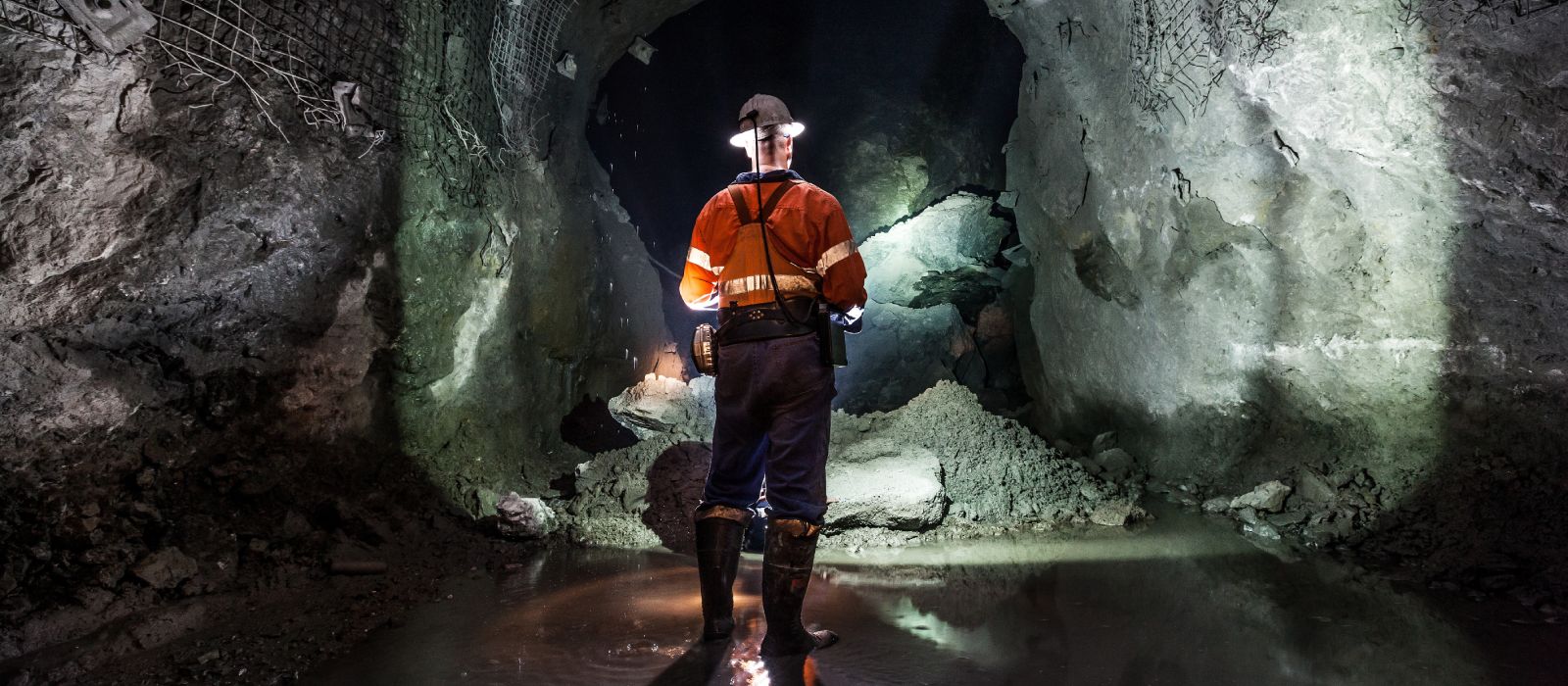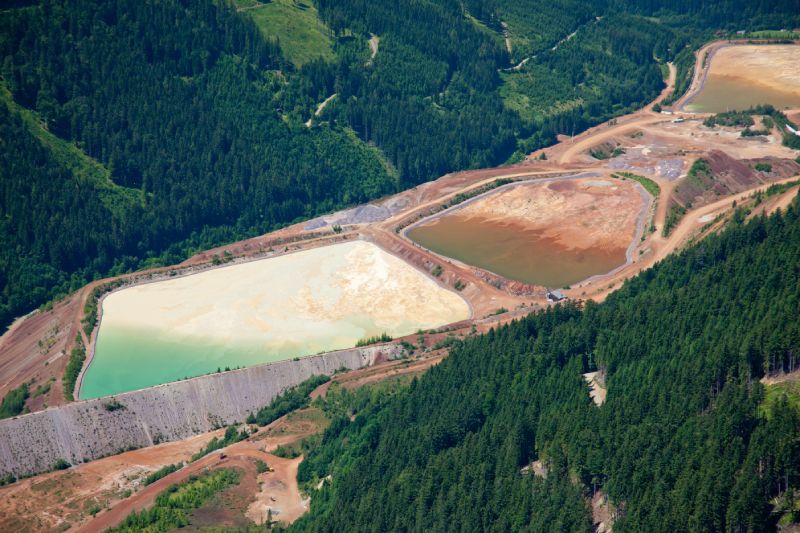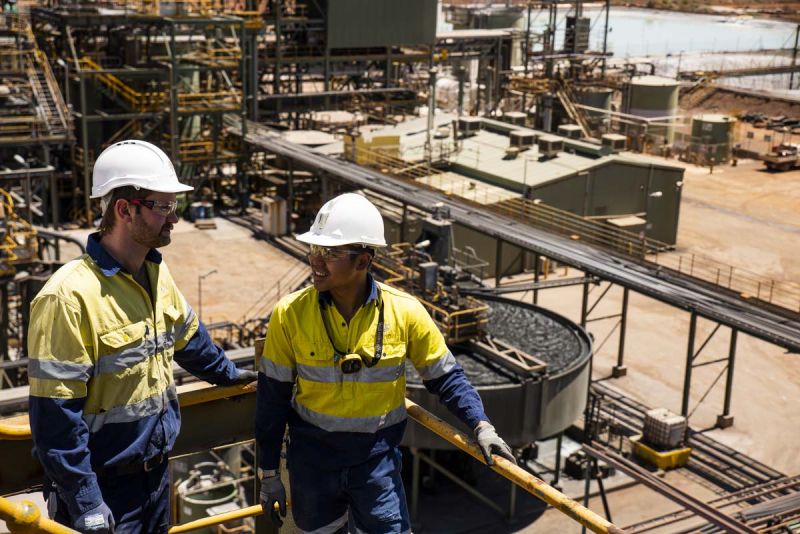Talking points shaping mining in 2020

Introduction: setting the scene
On a global level, in January the World Economic Outlook report projected global growth to increase modestly from 2.9 percent in 2019 to 3.3 percent in 2020 and 3.4 percent in 2021. The easing of US-China trade tensions may lead to modest global economic growth in 2020-21, though the geopolitical situation delicate. How coronavirus will continue to impact markets world-wide remains to be seen.
Closer to home, Australia’s resources sector was reported to be facing a record-breaking year in 2019-20, with the Office of the Chief Economist forecasting a record $281 billion in resources and energy commodity exports. This figure is expected to fall to $253 billion in 2020-21. One part of this contraction is due to rising supply in iron ore markets, as Brazil is once again able to return to full production following the tragic dam disaster of early 2019. The emergence of unexpected global events in early 2020 (such as coronavirus) can also have unpredictable impacts to exports, including commodities.
Fast-paced technological change is also driving the way the industry approaches problems and creates solutions. Resources companies are increasingly looking to other sectors (such as aerospace) and adapting existing technological capability and knowledge. In his Bulletin article from 2019, Simon Yacoub noted ‘the opportunity for our sector to build from the knowledge of other industries is strong… Leveraging digital implementation strategies and lessons from highly sophisticated industries avoids reinventing the wheel, and shortens the development pathway to digital environments.’

1. Skills and education
While the vagaries of market forces are complex and outlooks can change rapidly, it remains clear that Australia still has a critical role to play in supplying many of the minerals and metals needed for the modern world. This requires a robust industry staffed by highly skilled resources professionals.
Research from Swann Global suggests an impending skills shortage is likely to impact Australia’s resources sector. Despite growing demand for skilled workers thanks to the favourable market cycle, there has been a significant decline in enrolment in mining and metals related university courses over the past five years. This research and its implications for industry will be more fully examined in Swann Global’s article in the upcoming March edition of the AusIMM Bulletin.
The type of skills the industry demands is also changing rapidly. Research commissioned by the MCA predicted that ‘77 per cent of jobs in Australian mining will be enhanced or redesigned due to technology within the next five years’. This has huge implications for the skills and education needed by both current and future resources professionals, and could see significant changes to the professional make-up of the workforce.
Addressing the skills and education challenge will take a collaborative approach. AusIMM’s summary report from the Resources Education Collaboration Summit highlights some key recurring themes when discussing education and skills. The report also outlines a number of suggested next steps for AusIMM to consider, in consultation with industry, academia and government.
An important aspect of this discussion is diversity and inclusion in the workforce. Diversity and inclusion (including diversity of thought) are now core commitments at the world’s largest mining companies. McKinsey research has indicated that companies in the top quartile for gender or racial and ethnic diversity are more likely to have financial returns above their national industry medians. You can read more about AusIMM’s commitment to diversity and inclusion in the resources sector on the AusIMM website.

2. Tailings and waste management
As noted by The Responsible Mining Foundation, tailings dam facilities ‘present some of the most common and high-stakes risks to workers, communities and environments in the vicinity of mine sites.’ Following devastating and highly-publicised tailings dam disasters in Brazil, the issue remains a critical topic in the mining sector.
In response to the 2019 disaster in Brumadinho, Brazil, the International Council on Mining and Metals (ICMM), along with the United Nations Environment Programme (UNEP) and Principles for Responsible Investment (PRI) co-convened the Global Tailings Review ‘to establish an international standard for the safer management of tailings storage facilities.’ The period of public consultation on the draft standard has now ended, and the Chair and Expert Panel is now considering all submissions and feedback before drafting and endorsing the final standard. More information is available at globaltailingsreview.org.
In July 2020, AusIMM will host the Mine Waste and Tailings Conference in Brisbane, bringing together international experts to discuss all aspects of life cycle waste rock and tailings management. Accepted abstracts are now available on the conference website, giving an overview of the topics to be presented at the conference.

3. Health and Safety
The health and safety – both physical and psychological – of mining personnel remains a critical topic.
The potential for technology to improve safety outcomes is high. Remote operating technology and autonomous vehicles remove personnel from highly dangerous positions and allow much safer work practices. Other technology provides key insights into operator health and behaviour. For example, as covered in the Bulletin last year, Caterpillar has developed a Cat Smartband and Driver Safety System that helps monitor driver fatigue and provides insights into their overall sleep patterns and health.
Following a spate of recent tragic fatalities, AusIMM commended the Queensland Government for its commitment to implementing a regulatory framework that responds comprehensively to the risks associated with mining operations both now and in the future. However, AusIMM cautioned against adverse impacts of requiring professionals in safety-critical positions to be direct employees, rather than contractors or consultants.
In September 2020, AusIMM’s Minesafe International Conference will return to Perth. Government regulators, health and safety practitioners and other resource industry professionals will come together to share the achievements and challenges within their operations and showcase new workplace safety innovations. Abstract submissions are now open and close 30 March.
AusIMM’s Health and Safety Society is open to all AusIMM members to join, and regularly runs webinars and other professional development initiatives on this vital topic.